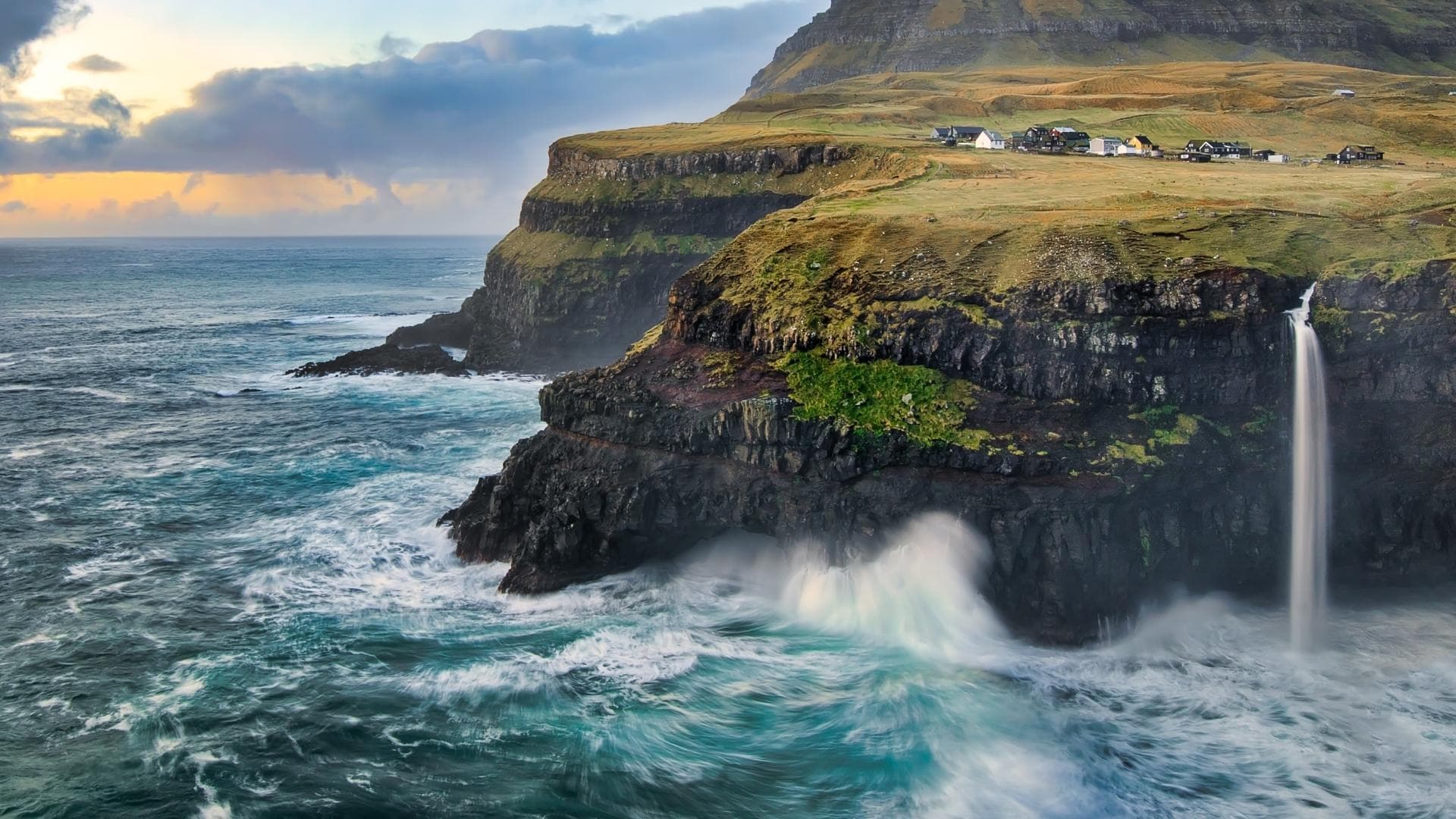Faroe Islands
What Tone Should a Documentary Voiceover Have?
The world of documentaries offers a beautiful journey into the mysteries of our universe, painting true stories that move, inspire, and educate us. The voiceover in a documentary is not merely a narration; it's an emotional guide that carries viewers through the story, enabling them to experience the narrative in a profound and personal way. In this blog post, I'm taking you behind the scenes of my work as a French female voiceover artist specializing in documentaries, using an exciting recent project I worked on - a documentary about the Faroe Islands - as an example.
The tone of the voiceover in documentaries: a symphony of emotions
In a documentary, the tone of the voiceover is vital for creating an atmosphere, an ambiance that supports the story and imagery. This tone should not merely inform; it should feel, express, and live the emotion emanating from each scene. As a voiceover actress, I strive to adopt a tone that reflects the emotional complexity of each story I narrate.
Three key factors to consider when choosing the tone for a documentary voiceover are:
Emotional Authenticity
Each documentary tells a unique story, and this story deserves a voice that does it justice. The tone of the voiceover must be authentic, resonate with the documentary's subject, and express the emotions underlying the story. For a documentary about a serious topic, a deep, grave voice full of gravitas and compassion would be appropriate. For a lighter topic, a more joyful and vibrant voice might be more suitable.
The Journey of Intonation
The intonation of the voiceover should vary throughout the documentary, mirroring the ebb and flow of emotions across the story. It should underscore key moments, provide tension or relief, excitement or reflection, as the story demands at each instant.
Voice Clarity
Beyond tone and intonation, the clarity of the voice over is critical to ensuring the message is understood by the audience. Clear and precise diction, coupled with good voice projection technique, can help convey information effectively and facilitate the subject's understanding.
The Example of the Faroe Islands Documentary
Recently, I had the pleasure of lending my voice, in French, to a captivating documentary about the Faroe Islands. Located in the heart of the North-East Atlantic, this mystical archipelago is buffeted by wind and rain, shaped by storm swells and open to all ocean currents.
For this documentary, I adopted a calm and measured tone, evocative of the serene and wild beauty of the Faroe Islands. The intonation of my voice rose and fell with the flow of the waves, pulsed with the flight of the sea birds, vibrated with the power of the ocean currents. Each word I spoke was an invitation to wonder, to contemplation, to admiration of this raw and magnificent nature.
Drawing Inspiration from the Greatest French Voiceovers
To achieve this subtle blend of emotion and clarity, I draw my inspiration from the work of the greatest voiceover talents. One of my favorite examples is the "Nature is Speaking" project by Conservation International, a brilliant initiative where celebrities lend their voice to nature itself.
In the film "Nature is Speaking": Sophie Marceau is Mother Nature, she embodies nature by speaking directly to humans. Her voice, deep, warm and powerful, brings a gravity and urgency to her message that are deeply touching.
The way Sophie Marceau brings these words to life is a lesson for any voiceover artist. She manages to maintain a balanced tone of voice while conveying the importance and urgency of the message. It's this kind of performance that inspires my work and helps me bring depth and nuance to my own documentary voiceovers.
As a French voiceover actress,
my goal is to bring this same passion, this same gravity, this same emotional commitment to every project I work on. Whether it's a documentary about the Faroe Islands or any other subject, I always strive to make the audience feel every emotion, every stake, every beauty that the story has to offer. My role is to bring these stories to life, to make them live and palpable, to make them felt in all their depth and complexity.
Every story has its own atmosphere, its own emotion
One of the challenges - and joys - of my work is navigating between these different worlds, moving from one emotion to another, adapting to each new story.
For example, take this institutional video I created during the first lockdown for the city of Arras. The tone here is different, lighter, more joyful. It speaks of the love for the city, the desire to return to normal, the hope for better days. All these feelings are just as real, just as profound as those found in a documentary about the Faroe Islands or a declaration from Mother Nature. It's always a great pleasure for me to be able to bring these feelings to life, to share them with the audience, to help them feel everything these stories have to offer.

